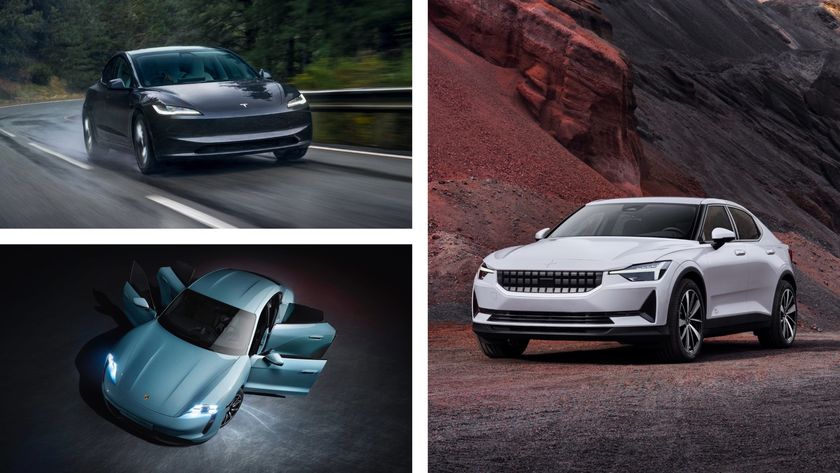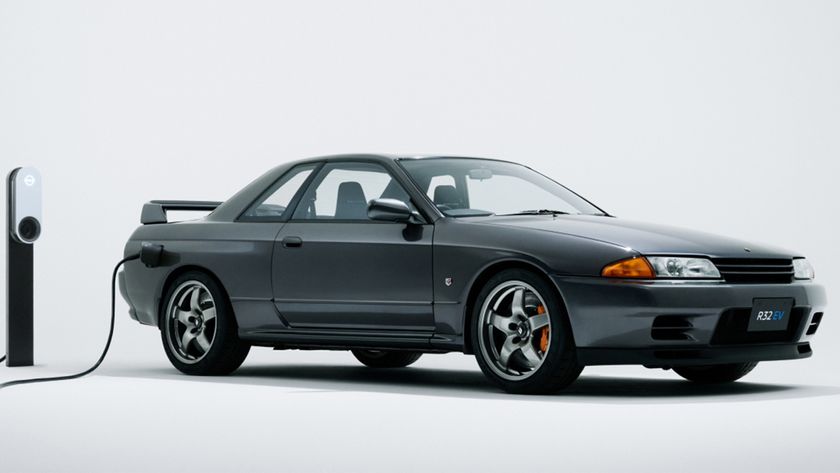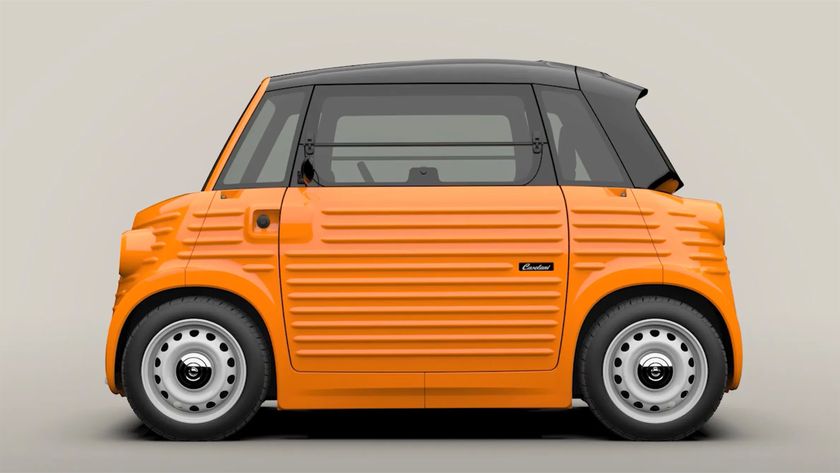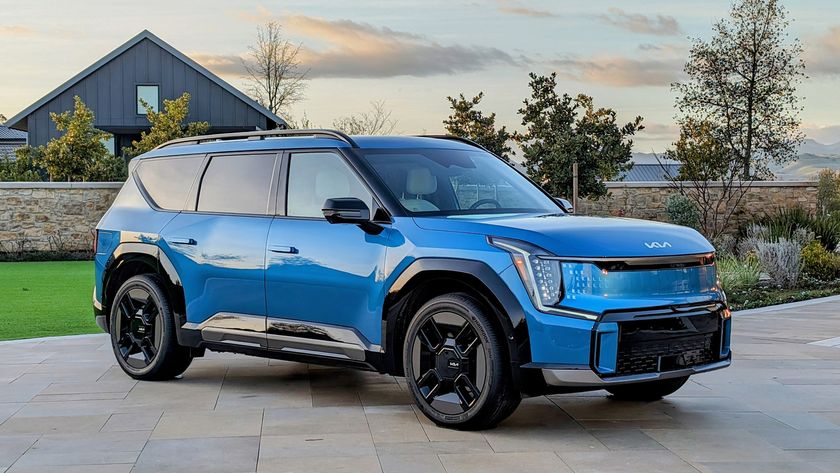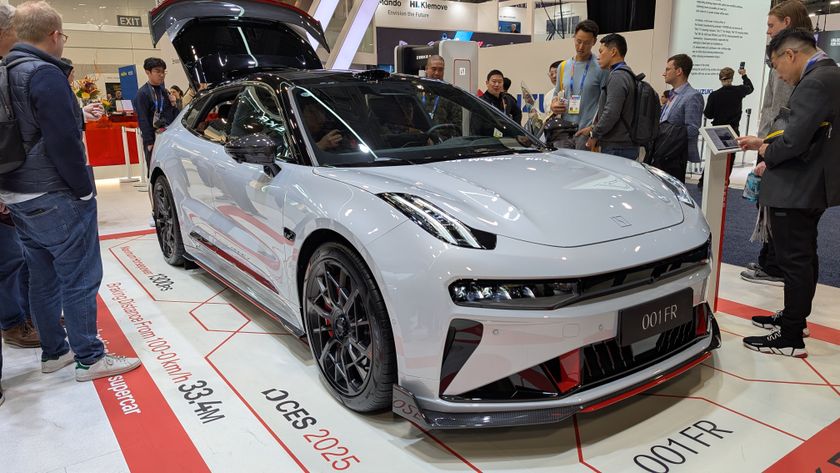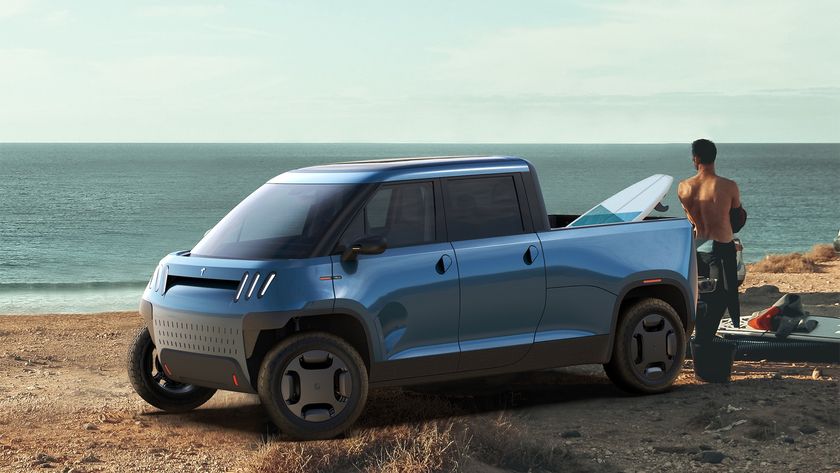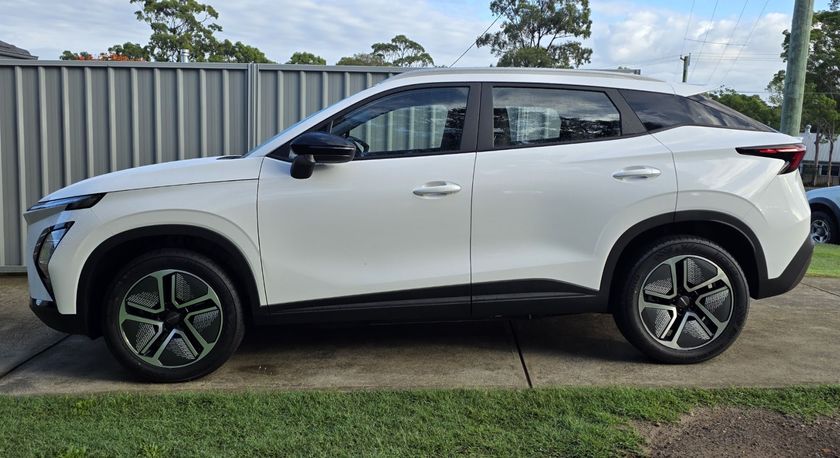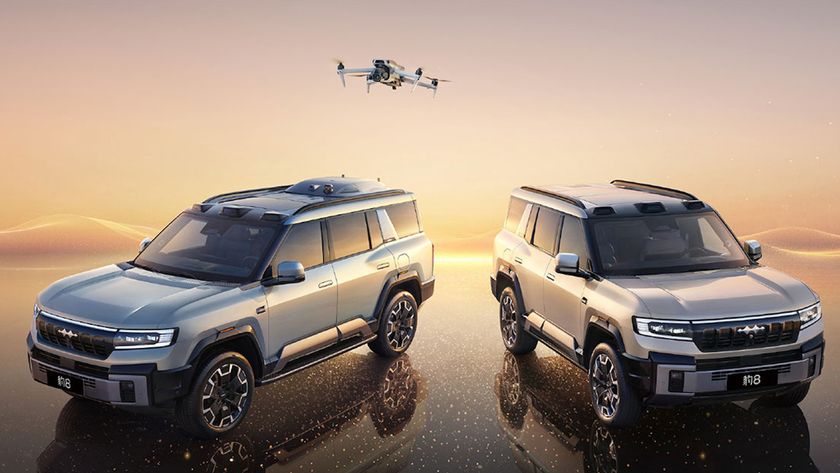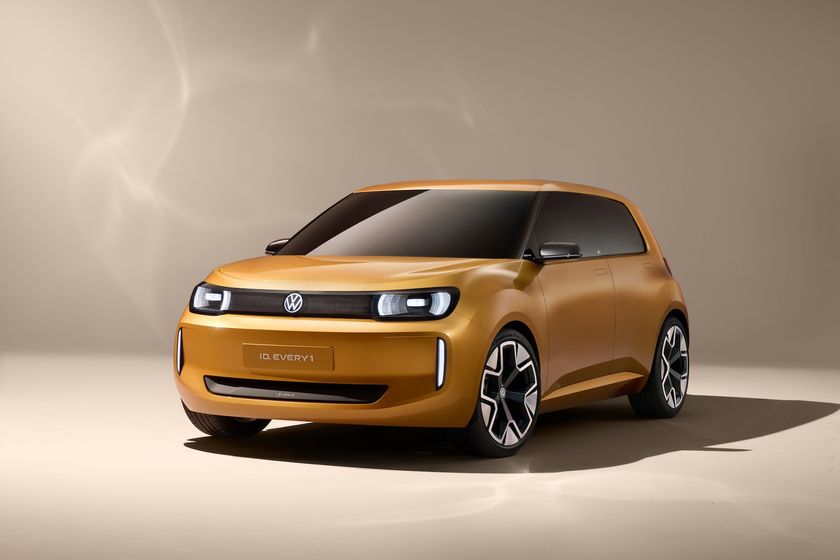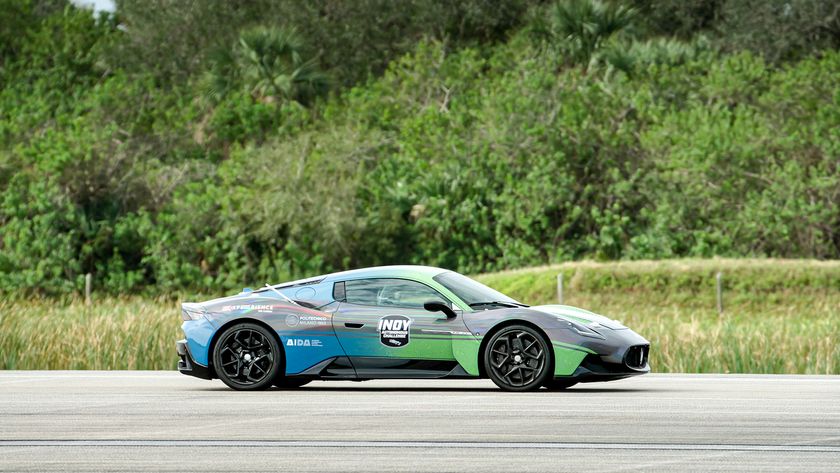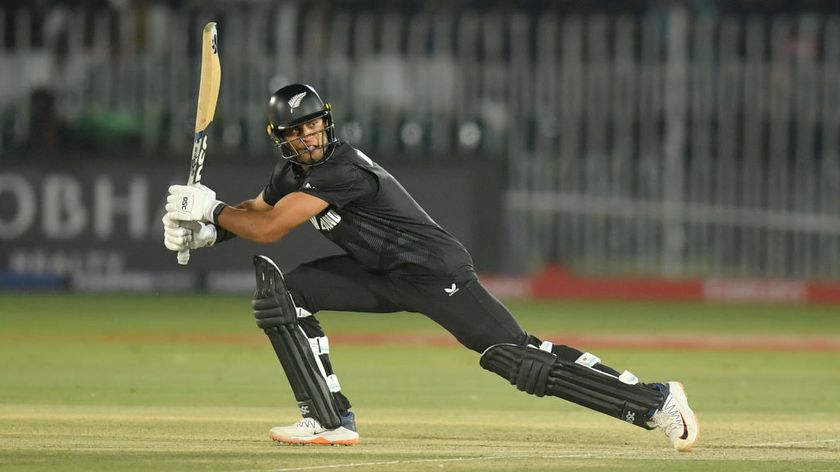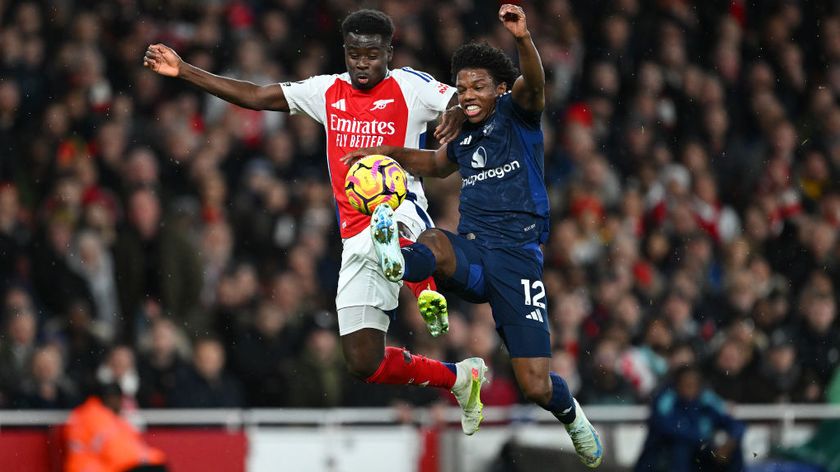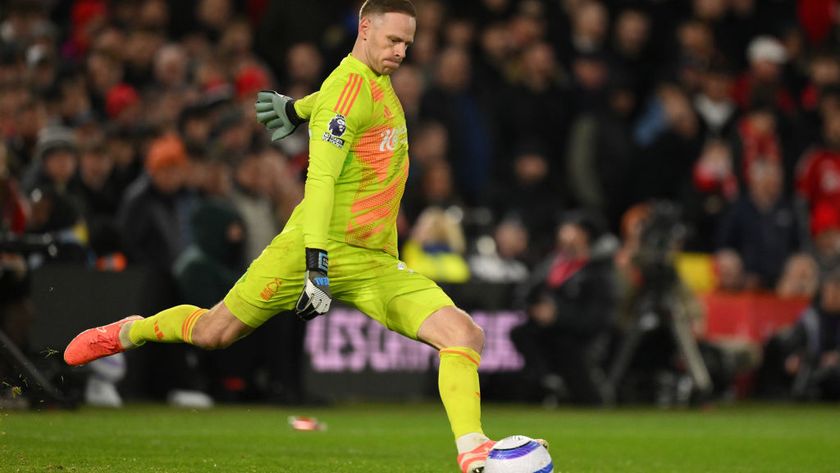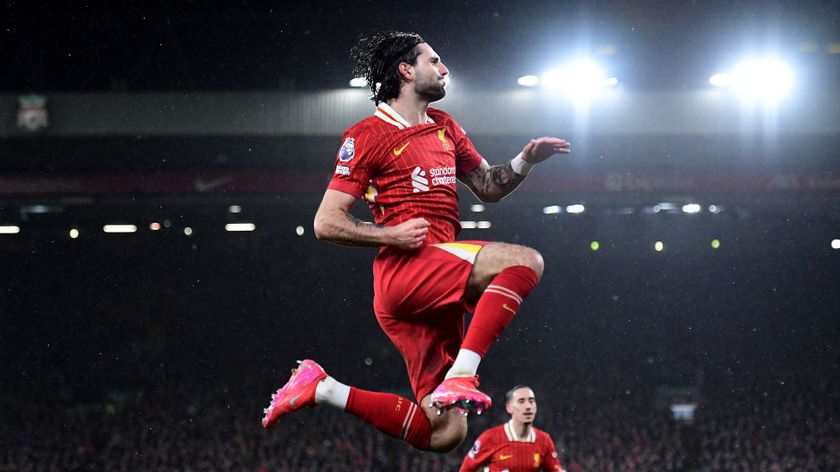How to retrofit your petrol/diesel vehicle to an EV
Best bet before you take full-fledged EV plunge
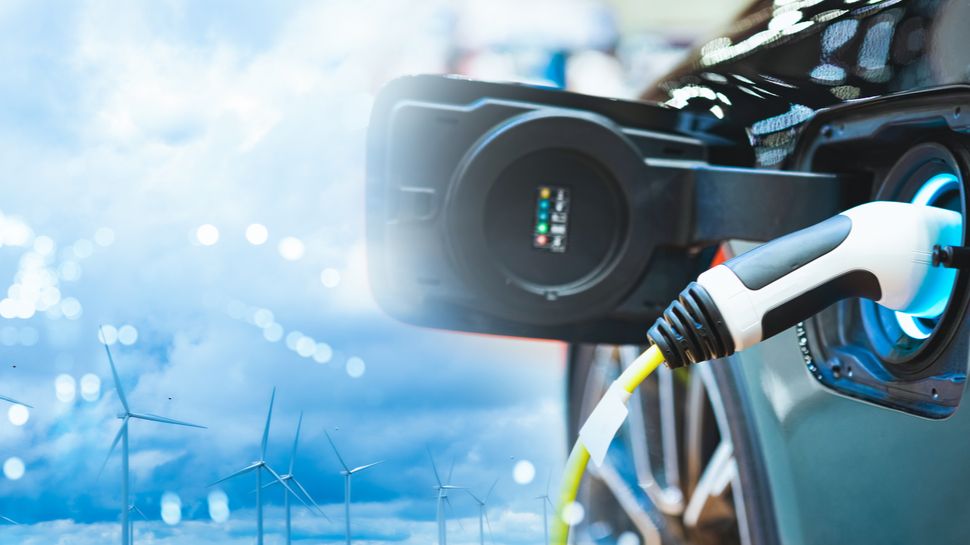
Recently, an EV maker named Omega Seiki Mobility has set up a retrofit facility to convert internal combustion engine (ICE)-powered vehicles into electric vehicles at an investment of $25-million. Such a huge investment for just retrofitting old cars?
Well, the company said that retrofitting has become popular because financing remains a challenge for the EV customers as new EVs are costly (most of them start above Rs 10 lakh threshold).
Retrofit brings EVs to those customers who want to move away from ICE (Internal Combustion Engine) vehicles, particularly at a time when petrol and diesel prices are rising almost daily. Basically, retrofitting allows customers to try out EVs at a relatively less price before they want to take the full-fledged plunge.
Also, retrofitting is cool. Even Ratan Tata has done it.
So if you want to convert your existing petroleum car to an EV, here is the way to go about it.
What to take into account before retrofitting
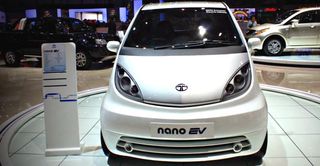
Before we start, it should be said that you must weigh in your mind a few things. First, how old your existing vehicle is and is it really worth to retrofit it to an EV. This is a question that only a certified mechanic can answer after looking at your vehicle. Second, you must also check out whether the charging infrastructure in your city or town is adequate. Having made the transition to an EV you should not be caught napping because of charging issues. Third, the government subsidies for EVs will not be on offer for retrofit vehicles. Fourth, there are some policy ambiguity at both State and national levels.
Once you factor in these issues, you can go ahead to convert your petrol/diesel vehicle to a chic EV.
Get daily insight, inspiration and deals in your inbox
Sign up for breaking news, reviews, opinion, top tech deals, and more.
In India, there are existing rules for retrofitting. The process is different in different States. But the law in India relating to retrofitting says that the installation of type-approved hybrid electric system kit shall be done only by an installer who is authorised by the manufacturer or supplier of such kits.
Manufacturers of retrofitting kits have been approved by the International Centre for Automotive Technologies (ICAT) and Automotive Research Association of India (ARAI). These approved manufacturers have established dealers and centres where the public can apply for the conversion of vehicles.
The government is making the details of manufacturers, approved kits, info about the engine and its make, dealers and workshops available online.
Retrofitting and after

Once you identify retrofitter for your specific vehicle, the company will send an expert to inspect the vehicle for its road worthiness and its legal status. The mechanic should also give a good idea about how your specific vehicle will function (in terms of speed and range) after retrofitting. If you are okay with that, you can go ahead hand over the vehicle for conversion.
Typically, the company will remove all the IC engine-related components and will retrofit the vehicle with an all-electric drivetrain. The engine will be replaced by an electric motor. A few modifications will also be done to the vehicle in order to make it drive-worthy.
But you must be aware that the retrofitted vehicle will not match any new EV. Also, your retrofitted vehicle's top speed and maximum range hinge on many factors including its make, condition and oldness. Most retrofitted vehicles have a top speed of 80 to 100 kmph and the range around 200 kms per charge. The converted electric car's charging time will also depend on different factors.
Talking of price, electric retrofitting in India generally costs nearly one-third of what new electric vehicles cost --- that is to say that it will cost anywhere from Rs 5 lakh and above.
Be clear that retrofitting is a via-media, and cannot match any new vehicle. But the pros are: No fuel, low maintenance, enhanced safety, environment-friendly, future-oriented.

Over three decades as a journalist covering current affairs, politics, sports and now technology. Former Editor of News Today, writer of humour columns across publications and a hardcore cricket and cinema enthusiast. He writes about technology trends and suggest movies and shows to watch on OTT platforms.
